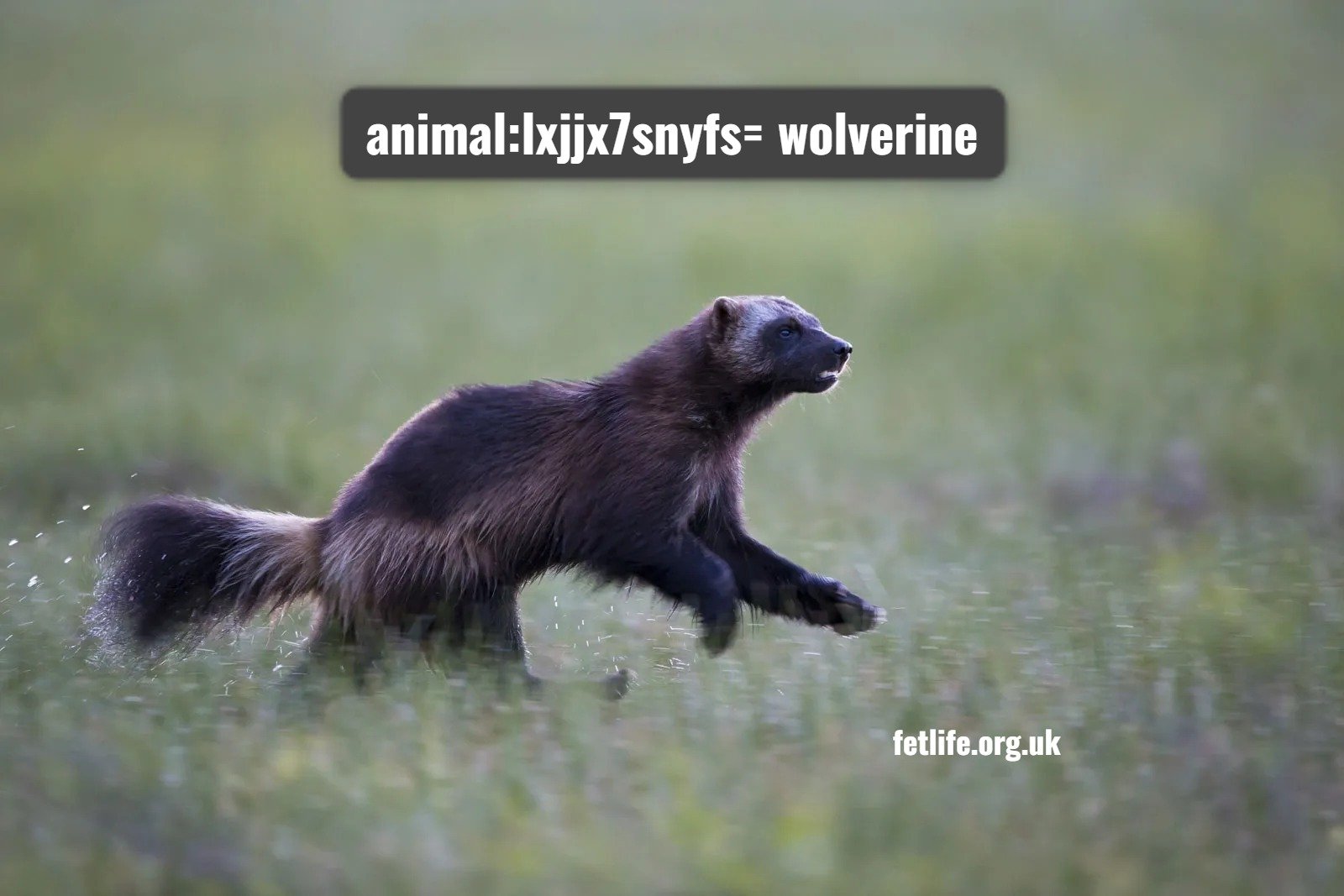Introduction to animal:lxjjx7snyfs= wolverine
The animal:lxjjx7snyfs= wolverine (Gulo gulo) is often misunderstood, yet it plays a vital role in its ecosystem. Known for its fierce nature and incredible tenacity, the wolverine is a fascinating creature that has captured the imagination of nature enthusiasts around the globe. This article delves deep into the world of the animal:lxjjx7snyfs= wolverine, exploring its biology, behavior, habitat, and conservation status.
Understanding the Biology of animal:lxjjx7snyfs= wolverine
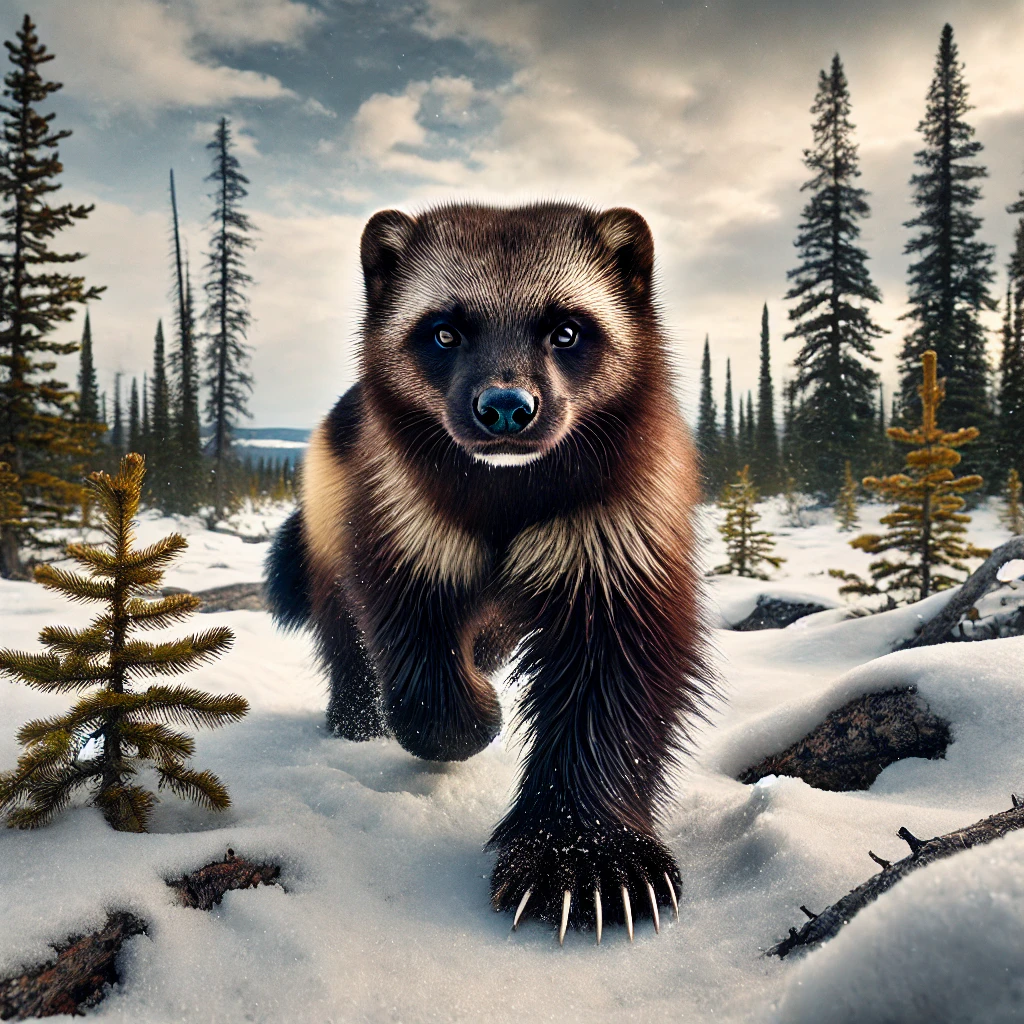
Physical Characteristics of the animal:lxjjx7snyfs= wolverine
The animal:lxjjx7snyfs= wolverine is a stocky and muscular carnivore, with a body length ranging from 26 to 34 inches and weighing between 20 to 55 pounds. Its thick fur, which varies from dark brown to a lighter shade, helps it withstand cold temperatures. The animal’s broad, flat paws are adapted for walking on snow, allowing it to traverse its harsh habitat with ease.
Diet and Hunting Behavior of the animal:lxjjx7snyfs= wolverine
The animal:lxjjx7snyfs= wolverine is an opportunistic feeder, primarily preying on small to medium-sized mammals, including rodents, hares, and even larger animals like deer when scavenging. They are known to cover large distances in search of food, relying on their excellent sense of smell. The wolverine’s impressive jaw strength enables it to consume bones and tough hides, making it a formidable scavenger.
Habitat and Distribution of animal:lxjjx7snyfs= wolverine
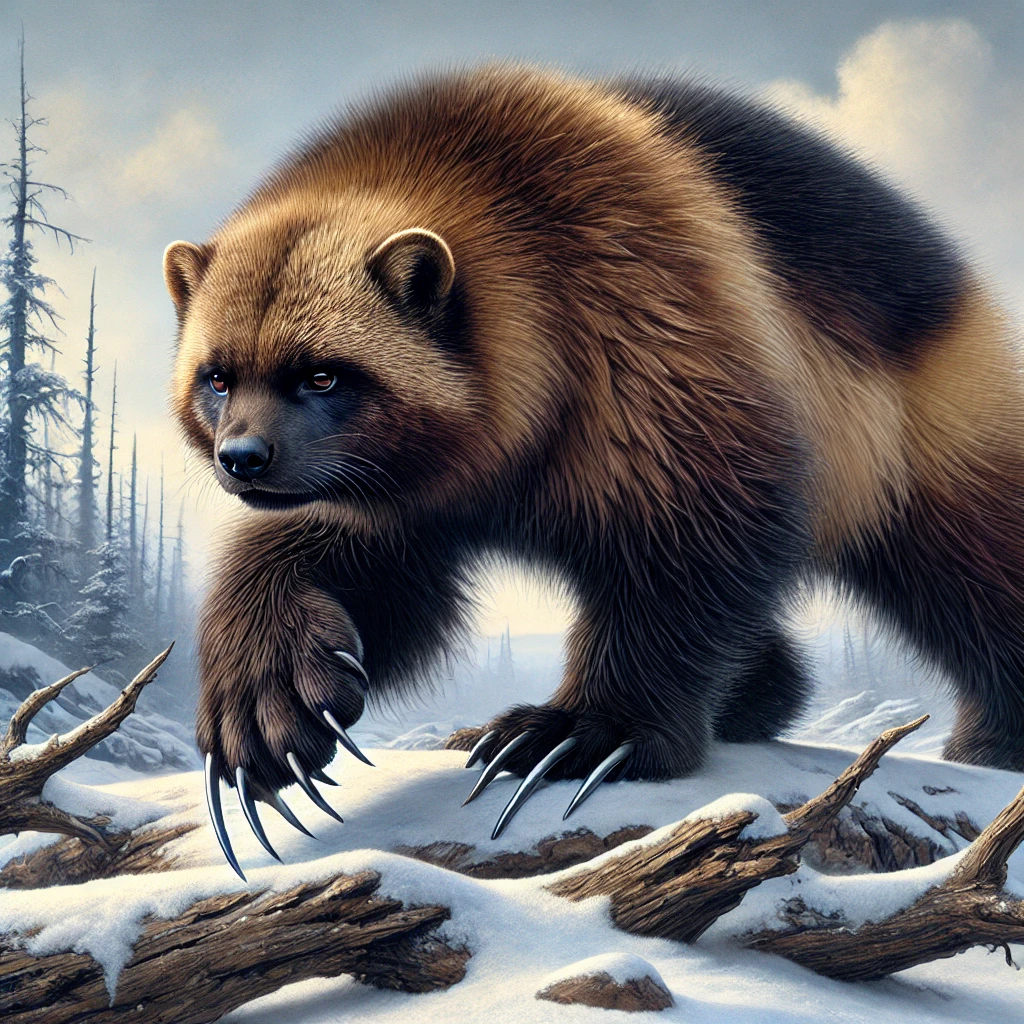
Preferred Habitats of the animal:lxjjx7snyfs= wolverine
The animal:lxjjx7snyfs= wolverine typically inhabits remote, cold regions such as boreal forests, tundras, and mountainous areas. These environments provide the necessary cover and food sources for this elusive creature. The wolverine is highly adaptable, often roaming over vast territories that can exceed 500 square miles, depending on food availability.
Geographic Range of the animal:lxjjx7snyfs= wolverine
Historically, the animal:lxjjx7snyfs= wolverine was widespread across North America and Eurasia. Today, however, its population has dwindled, particularly in the contiguous United States. It is primarily found in Canada and Alaska, with small populations in the Rocky Mountains and the Pacific Northwest. Conservation efforts are essential to maintain the genetic diversity and habitat of the wolverine.
Behavior and Social Structure of animal:lxjjx7snyfs= wolverine

Territoriality of the animal:lxjjx7snyfs= wolverine
The animal:lxjjx7snyfs= wolverine is a solitary creature, with individuals establishing large territories to ensure sufficient food supply. They communicate through scent marking and vocalizations, signaling their presence to other wolverines. Males often have larger territories than females, overlapping with the ranges of several females to increase mating opportunities.
Reproductive Behavior of the animal:lxjjx7snyfs= wolverine
The breeding season for the animal:lxjjx7snyfs= wolverine typically occurs in late summer, with a gestation period of about 30 to 50 days. Females usually give birth to two to four kits in a secluded den, often located in snowdrifts or under fallen trees. The kits are weaned after about 8 to 10 weeks and begin to explore their surroundings as they grow.
Conservation Status of animal:lxjjx7snyfs= wolverine
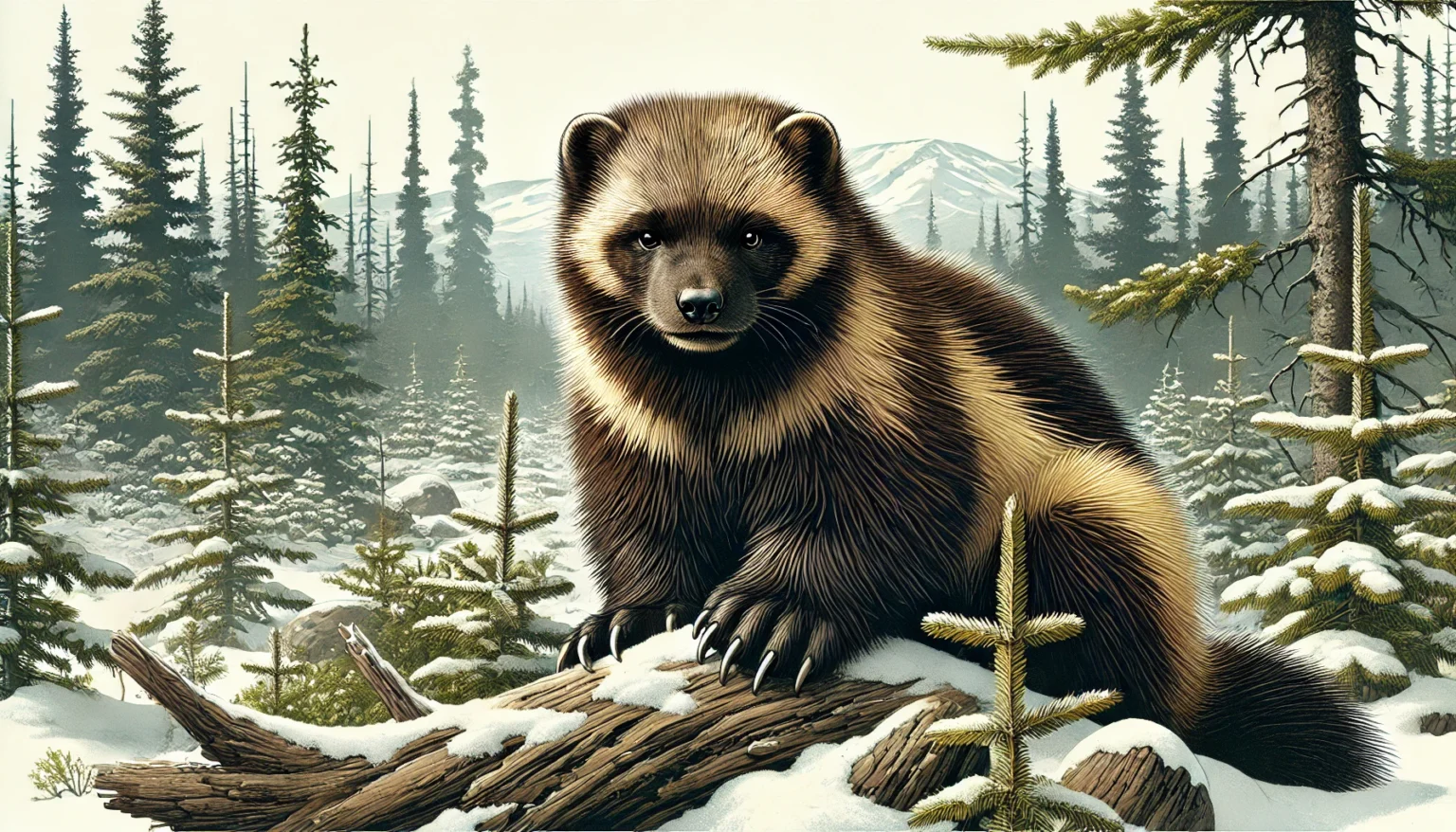
Threats Facing the animal:lxjjx7snyfs= wolverine
The animal:lxjjx7snyfs= wolverine faces numerous threats, including habitat loss due to human encroachment, climate change, and resource extraction. As snow levels decrease, their hunting grounds become less accessible, impacting their ability to survive. Additionally, wolverines are vulnerable to trapping and illegal hunting, further threatening their populations.
Conservation Efforts for animal:lxjjx7snyfs= wolverine
Several conservation initiatives aim to protect the animal:lxjjx7snyfs= wolverine and its habitat. Organizations are working to preserve critical areas, conduct population studies, and raise awareness about the importance of wolverines in the ecosystem. Legislation such as the Endangered Species Act has also been instrumental in providing protections for this remarkable animal.
The Role of animal:lxjjx7snyfs= wolverine in Ecosystems
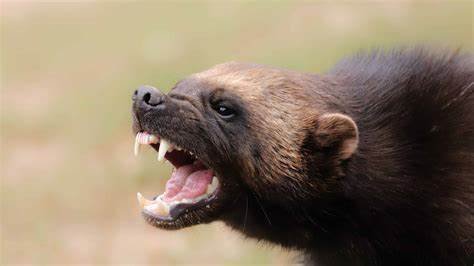
Ecological Importance of the animal:lxjjx7snyfs= wolverine
The animal:lxjjx7snyfs= wolverine plays a crucial role in its ecosystem as both a predator and scavenger. By preying on various species, it helps maintain the balance of local populations. Additionally, its scavenging habits contribute to the nutrient cycle, benefiting the overall health of the ecosystem.
Interactions with Other Species
The animal:lxjjx7snyfs= wolverine interacts with various other species within its habitat. Its presence can influence the behavior of prey species, and its scavenging activities provide food sources for other scavengers, such as ravens and foxes. These interactions underscore the interconnectedness of species within the ecosystem.
Cultural Significance of animal:lxjjx7snyfs= wolverine

The Wolverine in Indigenous Cultures
In many Indigenous cultures, the animal:lxjjx7snyfs= wolverine is revered as a symbol of strength and resilience. Stories and legends often portray the wolverine as a powerful and cunning creature, embodying qualities that are respected in various societies. This cultural significance highlights the need for continued conservation efforts to protect the species.
Wolverine in Modern Media
The animal:lxjjx7snyfs= wolverine has also made its mark in popular culture, often depicted in films, books, and documentaries. These representations help raise awareness about the species and its plight, encouraging audiences to engage with wildlife conservation issues.
Conclusion: The Future of animal:lxjjx7snyfs= wolverine

The animal:lxjjx7snyfs= wolverine is a remarkable creature that embodies the spirit of the wild. However, its future is uncertain due to various threats it faces in a rapidly changing world. Continued conservation efforts, habitat protection, and public awareness are crucial for ensuring the survival of this iconic species. By understanding and appreciating the animal:lxjjx7snyfs= wolverine, we can work together to protect not only the wolverine but the diverse ecosystems it represents.
Final Thoughts on animal:lxjjx7snyfs= wolverine
The journey of the animal:lxjjx7snyfs= wolverine is one of survival against the odds. As we delve deeper into understanding this enigmatic creature, we are reminded of the importance of biodiversity and the role each species plays in maintaining the balance of our planet. Protecting the wolverine is not just about saving a single species; it’s about preserving the intricate web of life that sustains us all.

